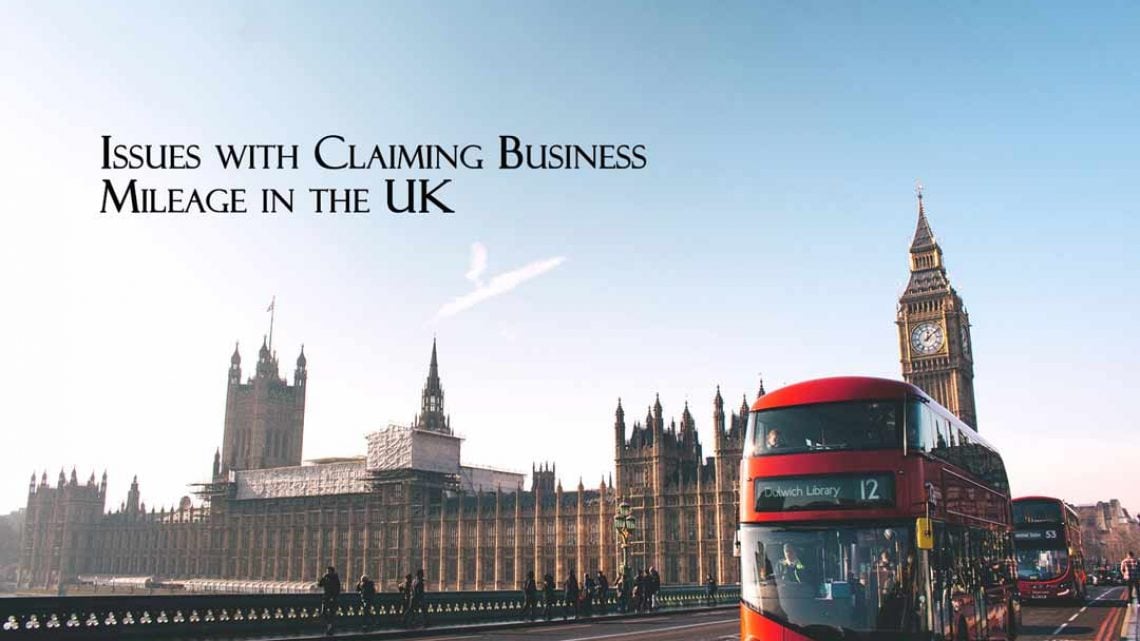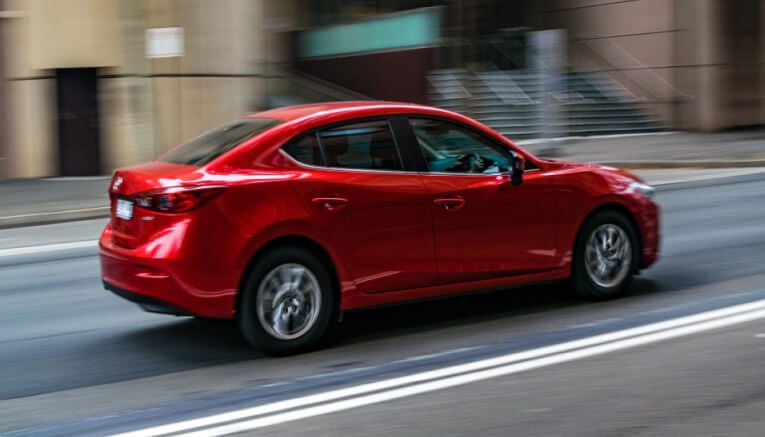When it comes to mileage tracking and mileage reimbursement in the UK, there is a multitude of ways one can do it, no matter if you’re a business or an individual. Every method has its pros and cons. Today’s blog explores the various issues of working with the basic manual method employed.
Mainly, we will explore the process of mileage tracking and analyze the issues/roadblocks to efficiency. Part 2 of this series will take the insights explored in today’s blog and analyze the cost, value, and benefits of using automatic app-based tracking.
Record Keeping
The usual way of keeping records has been to list the mileage either on an expense claim, spreadsheet, notebook, or logbook with the following information:
- The date
- The purpose of the trip
- The start and end locations
- Client/Company visited
- Miles driven
This has been onerous, time-consuming, and burdensome for many, especially those that travel on a regular basis that has their own vehicle i.e. courier drivers, salespersons, etc. This system is inefficient and archaic leading to the following problems:
Employees’ Claims Omissions
Working out business mileage may be done at the end of the month and it’s difficult to remember the journeys taken, miles completed, clients visited, etc. Employees may not list all their travel and miss out on claiming their deserved reimbursements from the employer.
Related: Automating Mileage Claims in the UK
A survey by YouGov found that 56 percent of company car drivers are unaware of HMRC rules on reclaiming business mileage. For example, many employees are confused about the definitions of permanent vs temporary workplace which is needed in order to make the necessary mileage expense claims. Some of these can be mistaken as falsifying expenses when the reality is simply a lack of training and/or awareness
False Records
Employees likely guess the number of miles (including round it up than down) as she/he is unlikely to look up the exact distance a journey took on a sat nav or Google Maps. Often it is difficult for the expense approver and finance team to know if the mileage claims are genuine.
Not only is it time-consuming but also resource-dependent for the approver to individually check the miles on a calendar (if there is one) and/or calculate the distance on Google maps.
According to a study conducted by Soldo Credit Card one in five employees falsifies expenses. Other similar studies bear the same statistics. Inflating mileage claims is very easy when drivers track their mileage with outdated pen-and-paper methods.
An employee can add fake trips or simply add a few extra miles on each trip which does add up if there are multiple trips each day. These types of errors usually cost organizations thousands of pounds each year, as all the mistaken/falsified trips do add up.
Lengthy Process
Manual tracking is very time-consuming and lengthy. Hours are wasted on record keeping and management. Let’s take a typical scenario:
- Employee logs mileage which can take some time if traveling every day. Manually entering the details required as per HMRC requirements can be tedious.
- Employer Checks and Approves Expense Claim
- Finance Department makes an accounting entry in the Accounts package
Even for one-person companies, there is still the need to list the mileage with dates, etc. This whole process in pen and paper takes away from time employees and managers can better utilize on tasks that add value to business instead.
HMRC Penalties
HMRC can issue fines up to £3,000 for not keeping proper and accurate records. A Sole director of a limited company may not have the inclination or time to log each trip and therefore could risk a possible fine and mileage expenses being disallowed.
Using Incorrect Mileage Rate
As covered in our previous blog, if the employee goes over 10,000 miles, then 0.25p should be paid. However, for that, the company needs to log the miles correctly and inform the employees about the proper mileage rates. Again, there is a risk the company will pay 0.45p per mile instead of 0.25p, especially in cases where the employee inflates the miles.
Related: Mileage Allowance – A Simple Guide (UK)
Private Trips
An employee could go on a business trip but makes personal trips on the way or claim for a trip to his or her permanent place of work. Employees unintentionally could claim the mileage for the round trip. As a result, the employer ends up paying extra for this mistake.
Wrong timing of expenses
HMRC requires timely bookkeeping of mileage records to improve accuracy. However, employees submit expenses at different times, sometimes several months after an incidence.
Business mileage can be a significant component of expenses and could potentially mean under or overstating expenses as the accountant does not have up-to-date information.
Reporting
To save costs, accountants must have detailed information. But spreadsheets, logbooks, and notepads make it difficult to decipher anomalies and potential fraud. Manual capture of information restricts trend reports. For example, the following metrics are difficult to capture with manual logs.
- Carbon monoxide output
- Miles per Driver (Highest to Lowest)
- Private Mileage
- Drivers Mileage Limits
- Optimization of routes
Fuel Benefit in Kind
If the company does not have proper systems in place and is reimbursing employee private mileage on company vehicles, then it could result in a benefit in kind for the employee on the fuel provided (if the employee is not reimbursing the employer for private mileage).
If HMRC picks this up the employee would become liable for the benefit in kind and the company faced with Class 1 NIC rate of 13.8% plus heavy penalties for failure to submit a P11d form. Further charges could be imposed for not keeping proper records.
Mileage Limits
Some leased vehicles have mileage limits. For every mile that exceeds the limit, it can end up being very expensive. Unless the business checks the Odometer on a regular basis then the chances of exceeding the mileage limits are high.
Related: Case Study: Business Mileage Tracking in the UK
Conclusion
As you can see, management, compliance, and governance with tracking business miles for both individuals and businesses with manual processes can be a major hassle and surprisingly costly. You might think buying an app or an enterprise solution may be expensive but the costs of maintaining manual records may be higher if you consider the HMRC fines and savings both in terms of time and money.
In our next blog, we talk about how automating the process can be well worth the annual price tag. To learn more about TripLog’s best-in-class mileage tracker app and company mileage features, schedule a complimentary live web demo, or visit our pricing page.
[mc4wp_form id=”9800″]









